The role of law in protecting the environment
Our research on 193 countries informs the UNEP 2022 Environmental Rule of Law Report

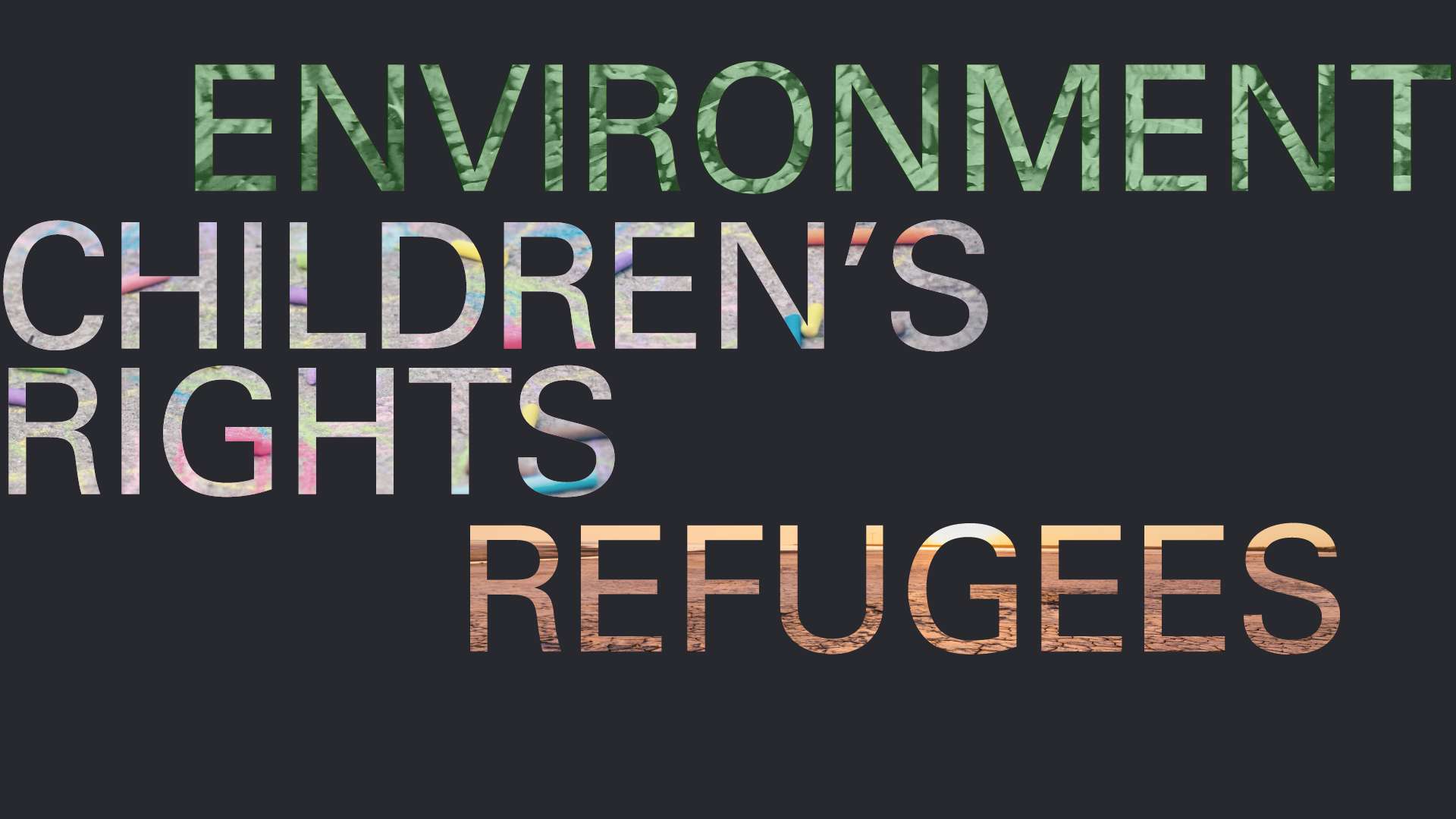

Hugh Verrier
Chair
Despite the challenges of the COVID-19 pandemic, in 2021 we worked with many of the world’s leading non-governmental organizations to help address a wide range of environmental and social challenges. Our capabilities and global network give us the opportunity and responsibility to do pro bono work that only a firm like ours can undertake.
Research by our lawyers on environmental law in each of the 193 UN Member States will inform the United Nations Environment Programme’s 2022 Environmental Rule of Law Report. We also assisted Conservation International on an innovative way to generate carbon credits through improved forest management across a large area of the Amazon forest.
Two major court victories in 2021 helped advance the rights of children. In a victory at the Inter-American Court of Human Rights, our lawyers helped win justice for the families of children killed in a fire at a juvenile detention center and improve conditions for all detainees. Our lawyers also helped win a US$4.2 billion pre-trial settlement with New York State to honor its commitment to phase in full funding for all school districts in the state.
This review reports on our pro bono work on these and other issues, such as balancing human rights while countering terrorism, protecting the rights of the media, protesters and police during protests, and helping refugees navigate complex legal processes.
Progress and setbacks exist in tandem in worldwide efforts to protect both people and planet. Through our Global Pro Bono Practice, we seek to do our part as lawyers to address the challenges of our time.
Our pro bono work continued to support important environmental advances
Our research on 193 countries informs the UNEP 2022 Environmental Rule of Law Report

Structuring sustainable forestry projects to reduce emissions and drive investment
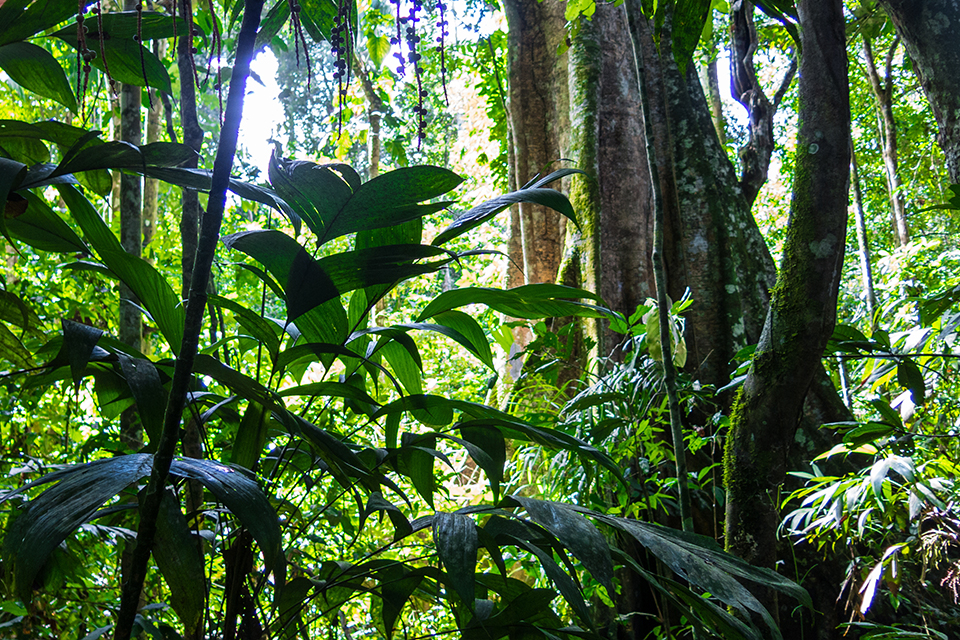
Highlights include a major education funding victory and advice on balancing human rights while countering terrorism
Informing a response to the EU by the UN Special Rapporteur on the Protection and Promotion of Human Rights while Countering Terrorism

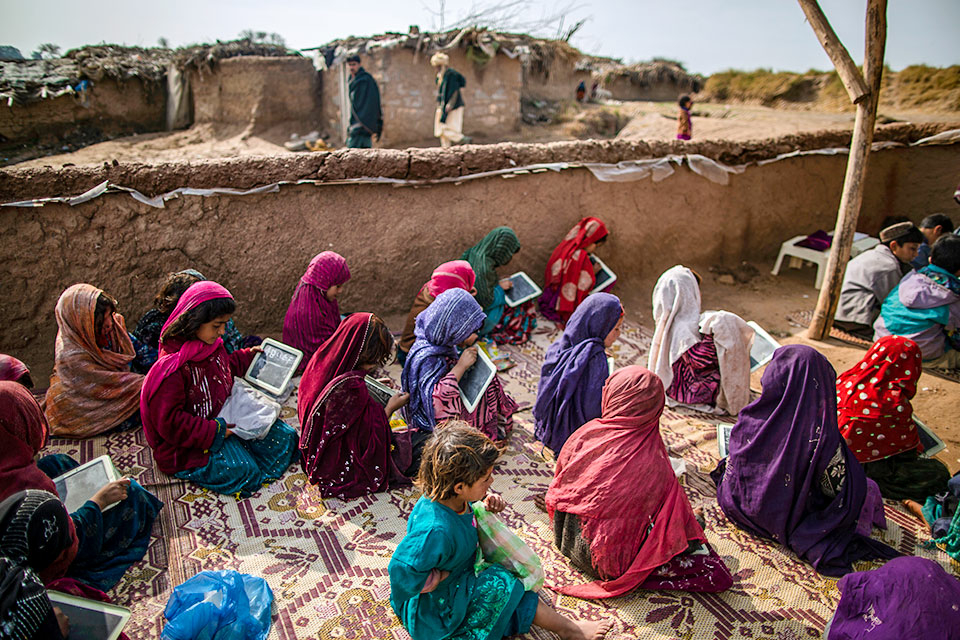
A landmark US$4.2 billion settlement on education funding in New York State

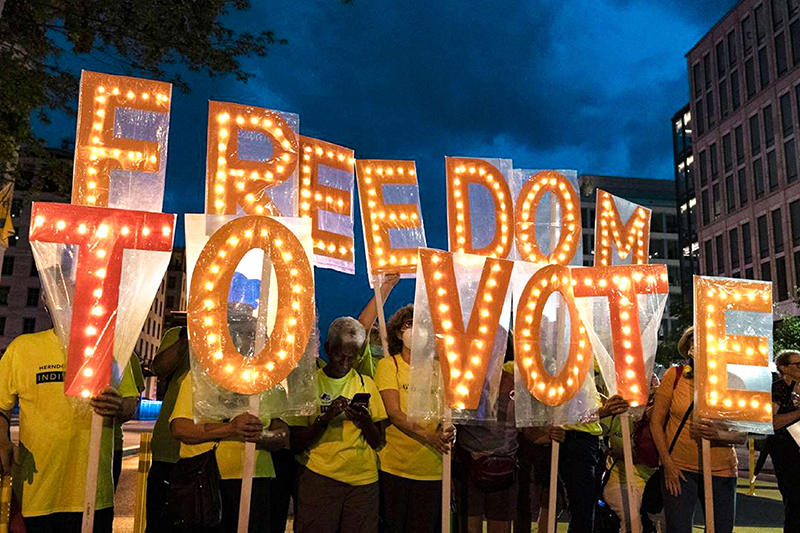
Our lawyers worked on a wide range of issues, including protections during protests and compensation for victims
Legal analysis to protect the rights of media, protesters and law enforcement in the US, Africa and Latin America

Victory at the Inter-American Court of Human Rights for victims’ families and detained children
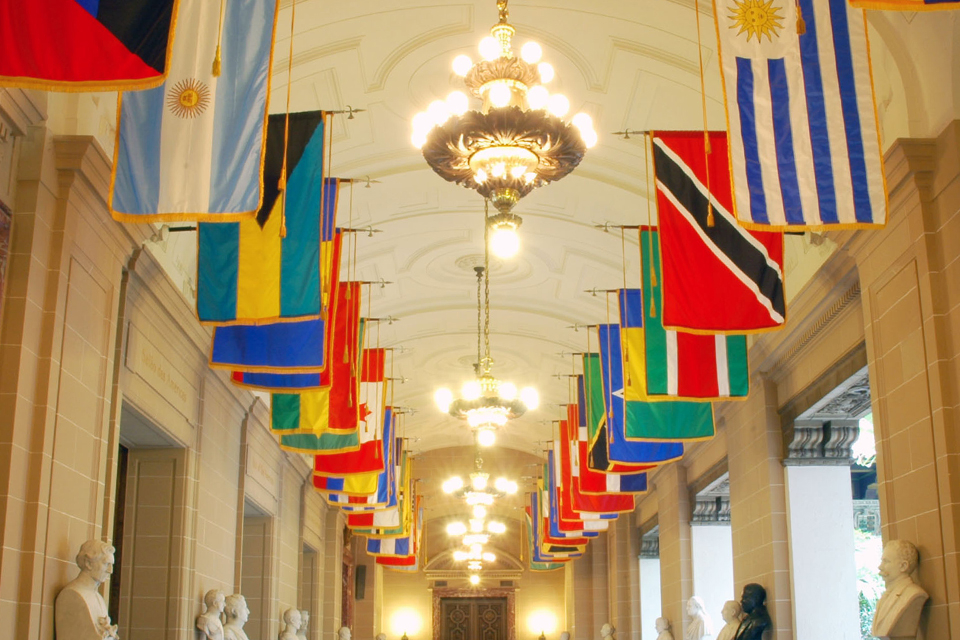
We train students, lawyers and judges around the world through a wide range of programs

We are one of the world’s largest providers of pro bono legal services
113,110 pro bono hours in 2021

For more information about our commitment and activities, please visit our Global Citizenship web pages.
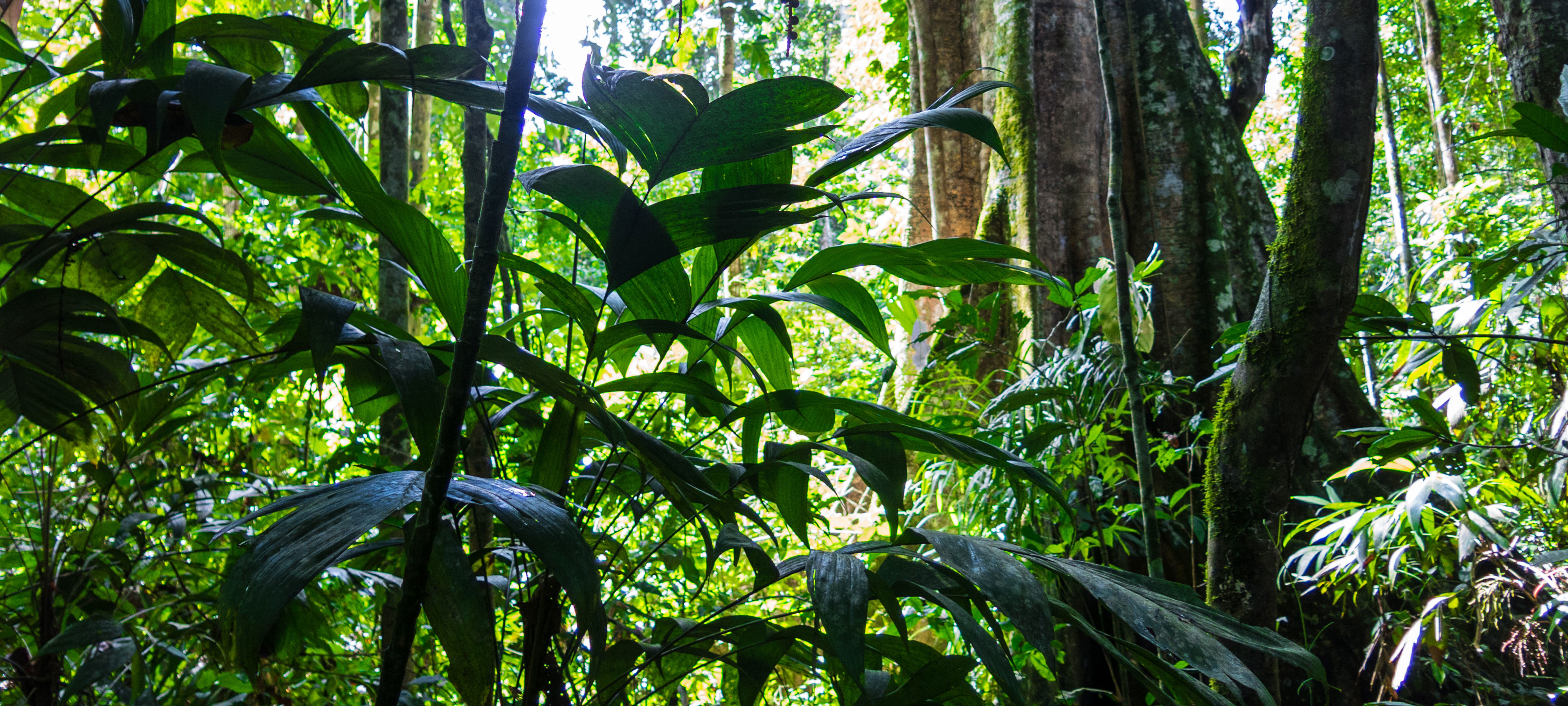
Structuring sustainable forestry projects to reduce emissions and drive investment
Conservation International, a leading NGO working on carbon credit transactions, is no stranger to finding ways to make these projects both successful and impactful. An innovative and ambitious undertaking to incentivize and implement reduced-impact logging and harvesting practices across a large area of the Amazon rainforest aims to generate carbon credits by reducing greenhouse gas emissions.
One carbon credit is typically equal to one metric ton of carbon dioxide (or an equivalent measurement of another greenhouse gas) that is prevented from being emitted. Ultimately the goal is huge financial, social, ecological and climate change mitigation impacts. Six lawyers in our New York and Singapore offices are working with Conservation International on this complex project.
“The more economically and financially sound we can make this project, the more attractive it will be for international private investors, and the more we will see mainstream global financing interest in climate finance structures. The success of this project will accelerate and broaden the sources we can approach in the future and, in turn, deliver long term positive ecological, climate and social impacts,” said Romas Garbaliauskas, Senior Director, Conservation Finance at Conservation International.
The potential impacts from a project like this are immense because they can help drive the market for forestry practices that reduce or avoid greenhouse gas emissions to mitigate climate change, among other benefits.
The potential impacts from a project like this can help drive the market for forestry practices that reduce or avoid greenhouse gas emissions to mitigate climate change, among other benefits. For the South American country involved in the project, the ability to attract significant international investment via climate mitigation projects is advantageous and demonstrates a genuine ability to monetize the benefits that these forests provide while maintaining their ecological integrity and biodiversity in the long-term.
In addition, as a significant portion of the income from carbon credits is returned to local communities, these communities are expected to see tangible benefits, including increased revenue streams via equitable benefit sharing. As part of the funding mechanism, local authorities are given significant oversight and can also improve their ability to enforce existing regulatory requirements. Projects of this sort also offer significant new economic activities such as eco-tourism and the training and deployment of individuals to support monitoring and enforcement, all of which can lead to increased prosperity for local communities.
The legal process involved in establishing the project is challenging, involving multiple moving parts that need to be solved before the transaction can be completed. For example, concession agreements with the government for carbon rights need to be finalized, as do agreements with other stakeholders to implement activities that result in the generation of the credits.
“Transactions like this, aimed at supporting greenhouse gas sequestration or emissions reduction, can help mitigate climate change,” explained New York partner Seth Kerschner. “They are also complex, multijurisdictional and have unique legal challenges—allowing our lawyers to apply their specific skillsets to making this happen.”
For Conservation International, this is an evolution of its existing work on carbon credit transactions. It is innovative in its approach because, unlike other projects, it is not focused on avoiding deforestation, but rather on implementing forestry and logging practices that support reduced greenhouse gas emissions and generate carbon credits.
This new approach offers a blueprint for a new way of thinking about climate change and forestry, balancing the needs of the environment and communities. Ideally, the ecological benefits of protecting existing forests and reducing greenhouse gas emissions can be replicated around the world. This is particularly important given the limited number of large, intact forests remaining on the planet.
Photo Toniflap © Adobestock
Amazon forest in the Madidi National Park, Bolivia